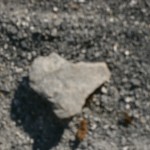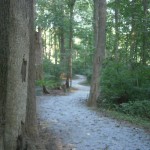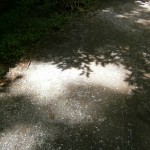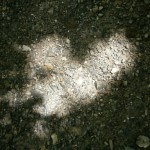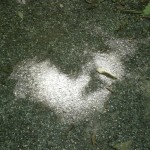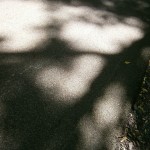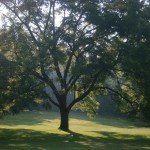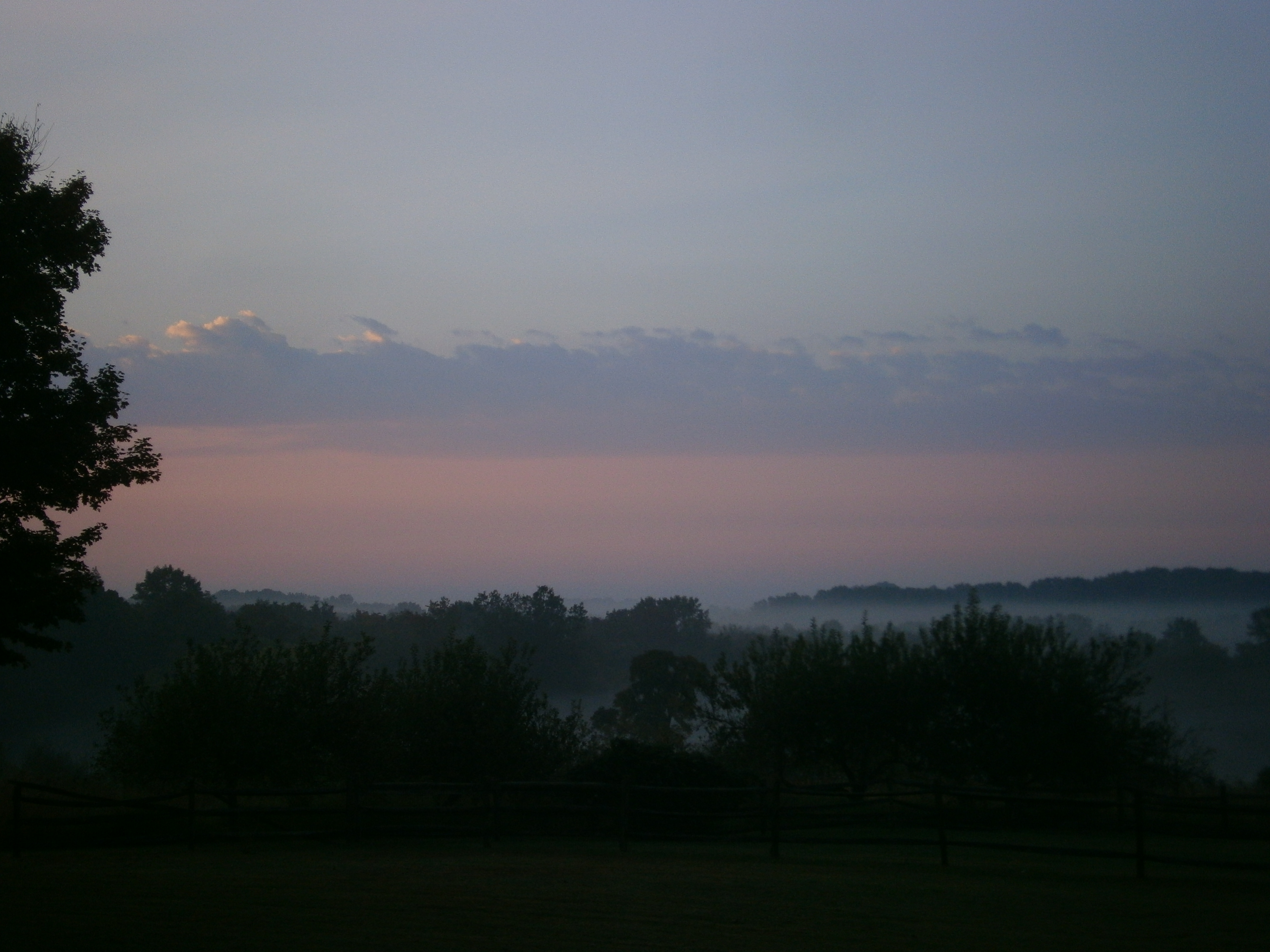“tho ded I bee remember mee”
This article, in its entirety below, has so many levels of connection and interaction that beg to be discovered, over and over and over. Losing something, being determined to find it, the search, the find and discovering something of far more value than what you were looking for is a complex and convoluted theme that permeates our souls and spans beyond time and space. “tho ded I bee remember mee”
Have you ever lost anything? This is what fascinates me. Why we lose something in the first place. If it were greatly valued by us, why did we come to a place where we could lose it? Really! Why, when we lost it, do we have this gritty determination to go after it, even after losing it, and turn over heaven and earth, literally, to find it again? “tho ded I bee remember mee”
Now think of something that you’ve lost. Remember the value you placed on it before we no longer had it in our possession. The moment of realization and horror that this precious item was not in our possession and may possibly never ever be in our possession ever again. All the thoughts of how that loss affects your life and how each of those in turn becomes an immeasurable loss flood over you. So we feel the original loss over and over, like the drop in the pool pouring forth the rings of remembrance and loss, over and over and over. “tho ded I bee remember mee”
Do we value it more only because we lost it? Or was the entire process about not only finding the key, but gaining the real find of the lost coins? We’re obviously only consciously aware of a minute portion of the process. Why is that? I’m just thinking out loud here. Does anyone have any ideas about this that could loosen the shroud and uncover the mystery so we end up with an amazing discovery? And, BTW, “tho ded I bee remember mee”
Or . . . was there ever any loss at all? We still have those pictures, those keys, that car, our friend, deep in our hearts. They will never go away or be lost. They will always be there. “tho ded I bee remember mee”
And I see this scenario occurring on many levels. Where will those coins end up after Cliff Massey is gone? Is he related to any of the people who minted, carried, lost or mourned over the loss of those coins? Did his ancestors know the one who lost them in any way? Can we feel the angst of all those people over time, through the centuries, and respond to that deeply felt pain now? If we were to follow those coins from their inception to the end of time, like the feather in the movie “Forest Gump,” where would our journey take us? Would we learn something awesome or would we just be tired? How ridiculous that I’m so curious about all this. Or is it? “tho ded I bee remember mee”
Hmmmmmm . . .
We will revisit this article from time to time and ponder over its many wonders again. See you then.
I have also pondered greatly over why I find stone hearts and shadows of hearts on my many walks. I have 10 stone hearts and many pictures of heart shadows. Curious. I believe there is a connection. Or is it a message? Perhaps the lost things are messages, too. Time to ponder. Now, ponder over these.
Here’s my heart. No matter how long and winding our path may be, I will remember thee.
Why, while doing the final rewrite, when I got to this point, did I burst into tears, sob into my hands and write this with tears in my eyes? Maybe I lost something and I’m looking for it. But, the mystery persists. I don’t even know what I lost, yet I’m searching diligently for it. And my heart is broken. Some day I’ll share with you the shadow pictures of my broken hearts.
Some day.
Man Loses Keys, Finds 15th Century Relics Instead
By Elise Solé, Shine Staff | Healthy Living
http://shine.yahoo.com/healthy-living/man-loses-keys–finds-15th-century-relics-instead-191705805.html
We’ve all lost our keys at some point, but one man found his along with an extraordinary hidden treasure.
When Welsh farmer Ifor Edwards, 56, dropped his keys on a tract of land he owns called Oak Farm in Bronington, he was determined to find them, so he and his wife, Anna, 40, called in metal-detecting experts from the Wrexham Heritage Society.
Cliff Massey, 83, found the keys, but he also found 14 medieval coins from the 14th and 15th centuries, according to a story published Monday in the Shropshire Star.
John Gittins, a coroner who performed an inquest on the findings, described the coins, which are composed of 90 percent silver and likely from the days of Edward III, Henry V and Henry VI, as a “treasure.”
Yahoo! Shine could not reach Edwards for comment, but he told the paper, “It is a once in a lifetime thing. It is such a shock, you just can’t quite believe it. You realize those coins were there before they ever found America or anything. You just can’t believe you’re holding something that is 600 and something years old. We only bought the land three years ago and nothing like this has ever been found before.”
And Massey told the Daily Post, a North Wales newspaper, “[Edwards] hadn’t ploughed the field for some time and after he ploughed it I found two coins. I went the following day and found the rest of them in close proximity.” Yahoo! Shine could not reach Massey for comment.
The Shropshire Star reports thatWrexham County Borough Museum is interested in acquiring the coins, and Edwards and Massey will split the proceeds.
“It’s extraordinarily rare to find a coin like this—you have better odds of being hit by lightning than finding this particular coin,” coin appraiser Beth Weingast, a certified member of the Appraiser’s Association of America, told Yahoo! Shine.
“In order to assess the value of the coins, I would need to see the front and back of each one, but the coin in the photo looks like a ‘groat,’ a type of currency used in old England,” says Weingast. “It may be the size of a half-dollar (a half-groat would be the size of a quarter) and today, it might be worth anywhere from $700 to $800.”
The lettering on the outer edge of the coin indicates the time period and king, as well as the land he owned. And although the words are too tiny to read, Weingast said, the face might be that of King Henry VI (1422-1461). “Whoever ruled at the time also had their image imprinted on the currency and if you look closely, you’ll see that the king pictured here is smiling (or at the very least pleasant-looking), much like King Henry VI,” she said. “His predecessor Henry V, scowled and had a thinner face, and during the reign of Edward III, people didn’t often use coins, instead trading items such as bread, cloth, beer, wood, or animal skins.”
Most striking is the coin’s pristine condition. “It’s likely made with very thin sheets of silver and very bendable—it as thick as a sheet of thin, pliable metal,” says Weingast. “Back then, many people bent and clipped the lettering off the coins and sold them at higher prices—the fact that this coin is unclipped means it may have been buried right after it was minted. Even if you saw this coin in a museum, it likely would have been clipped.”
Surprisingly, it’s not the first time rare treasures have been found in the area. According to the story in the Daily Post, in 2011, a ring-shaped silver brooch was found two feet town the side of a riverbank at Glasgoed farm in Ruthin. Experts suspect the jewelry dates back to the 13th or 14th century and is worth a few hundred dollars. The same year, a local man found a gold ring (known as a mouring) in a pasture in Hawarden. It was imprinted with the words, “tho ded I bee remember mee” and experts confirmed it was 82 percent gold, 10 percent silver, and a popular accessory during the reign of Charles II during the late 17th century. And in 2010, a man found a silver buckle in Penrhyn Bay. It was 99.7 percent silver and believed to be from the 13th century.

